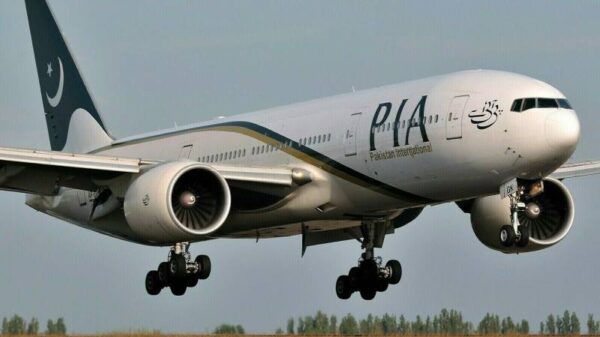At a public hearing on monthly FCA, Nepra Chairman Tauseef H. Farooqui said the regulator had disallowed about Rs17bn worth of certain costs including utilisation of expensive plants or violation of economic merit order for almost a year but verification of record on month-to-month basis justified some claims by the power companies.
Therefore, it was allowing adjustment of the previously deducted costs for August, September and October of 2020 to power companies. As such, it was returning Rs4.473bn deducted from power companies for these months or 44 paisa per unit adjustment in tariff. He said the data and evidence verification process would continue and the regulator would stand ready to return remaining Rs13bn xor so.
It was explained that Central Power Purchasing Agency (CPPA) on behalf of the distribution companies (Discos) said the consumers had been charged a reference fuel tariff of Rs6.61 per unit in April 2020 while the actual fuel cost turned out to be Rs5.75 per unit and hence Rs8.5bn should be refunded to consumers at the rate of 86 paisa per unit.
Nepra, however, decided to refund only Rs4.4bn to consumers at a rate of about 43 paisa per unit after adjustment of previous deductions. However, only about Rs2.2bn would practically be refunded to the consumers for the fact that this reduction is not allowed to consumers using less than 300 units and agriculture consumers on the premise that they enjoyed subsidised rates.
The lower fuel cost, on approval by the regulator, would be adjusted in consumer bills in the upcoming billing month of June. These rates would not be applicable to K-Electric consumers.
Total energy generation from all sources in April was recorded at 10,481 gigawatt hour (GWh) at a total cost of Rs58.4bn at an average rate of Rs5.57 per unit. Of this, about 10,194 GWh were delivered to the Discos at Rs58.8bn, at an average rate of Rs5.77 per unit.
The data showed that hydropower generation contributed 24.6pc of overall energy mix in April compared to 19.4pc in March and 28pc in February. As a result, the share of coal generation dropped 23pc in April from 30.5pc in March against 26pc in February.
On the other hand, the generation from furnace oil-based plants dropped to 1.41pc in April when compared to 2.62pc in April and 1pc in February. There was absolutely no power intake from power plants based on high-speed diesel. The share of RLNG-based power generation to national grid increased to 24.54pc in April compared to 21pc in March and 17.5pc in February. The generation from local gas also increased to 12.2pc in April against 11.52pc and 12.45pc in February.
On the other hand, the share of nuclear power remained generally unchanged at 10.2pc. The share of wind power and baggase stood at 1.88pc and 0.68pc respectively. There was no fuel cost on hydroelectricity while coal-based fuel cost stood at Rs8 per unit. Nuclear energy fuel cost stood at slightly over Rs1.1 per unit while power produced from local gas stood at Rs7.46 per unit. The cost of RLNG-based plants was worked out at Rs9.9 per unit.
The electricity imported from Iran had a cost of Rs9.4 per unit and its total share in power supply was just 0.43pc. The most expensive generation came at Rs12 per unit from furnace oil-based plants.
Under the tariff mechanism, changes in fuel cost are passed on to consumers only on monthly basis through an automatic mechanism while quarterly tariff adjustments on account of variation in the power purchase price, capacity charges, variable operation and maintenance costs, use of system charges, and including the impact of transmission and distribution losses are built in the base tariff by the federal government.










